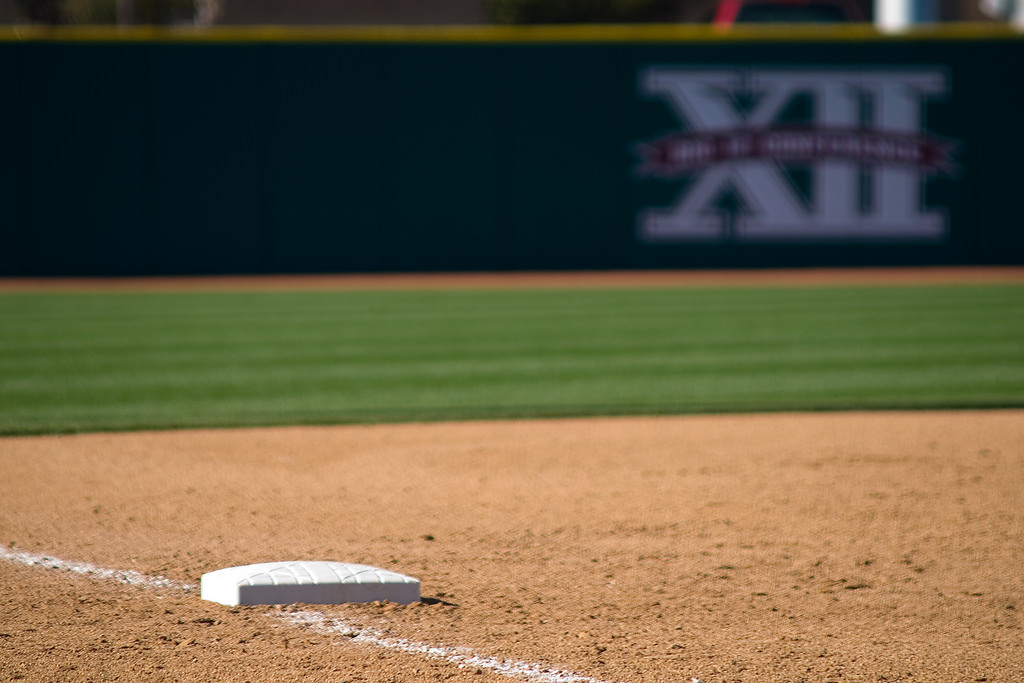
Howdy, Atlanta Braves fans. If you’re like me, you spent the off-season harboring some mixture of sober prudence and vicious impatience about your expectations for the club’s wheeling and dealing. Nearly at the precipice of another Opening Day (is it a national holiday yet?), I’m nonplussed at what has gone down.
But that’s another story for another day, another annoyance for the unsuspecting ear of the stranger sitting next to me at the bar.
Recently, my MLB Trade Rumors app gave me a buzz on Ryan Schimpf. I was intrigued, then disappointed, and now, out of the blindest of optimism, intrigued again. Schimpf is a weird player. Many of you know by now that he hits more homers than singles. How bout that?! He also has pretty distinct platoon splits, hitting better against RHP than LHP. The current Atlanta Braves poster boy for I-guess-maybe-warranted optimism, Johan Camargo, hits much better against LHP.
Wouldn’t ya know it, those two are currently our primary options at third base!
I’ve piddled around with the venerable Baseball Reference Play Index, and a WAR calculator from the SB Nation sabermetrics site Beyond the Boxscore, and bantered with the good people over at the Outfield Fly Rule Facebook group. I think I have deluded, convinced myself that there is potential for a productive platoon between Schimpf and Camargo at third base.
Depth Charts, hosted at Fangraphs, combines two prominent projection systems called ZIPS and Steamer. Depth Charts points to the following output from our hot corner handlers. All WAR totals in this article are the Fangraphs variety (fWAR).
Camargo: 124 games, 0.6 WAR
Schimpf: 24 games, 0.1 WAR
That’s a grand total of 0.7 WAR from our primary third baseman. We’ll just ignore that some of both players’ production may come at other positions, and assume that Camargo and Schimpf are a suitable proxy for our total output at third. The benchmark for an average position players is about 2.0 WAR, so Depth Charts thinks that our third basemen stink, collectively.
But what do these projection fools know any damn way? Let’s grab some stats by the bootstraps and make our own conclusions.
Using the WAR calculator mentioned above, we can make some WAR projections for our third baseman. The calculator is a sophisticated supercomputer (okay, it’s an excel spreadsheet) that runs massive regression analysis (okay, it uses simple ratios) and provides answers to the pressing questions of our time (okay, it converts wOBA to WAR). It assumes league average defense at third base for the WAR calculation.
In short, wOBA is a metric that wrestles with the fact that not all hits are equal. It sorts all of a batter’s ABs by outcome, gives those outcomes a run value based on how often that outcome leads to a run, smashes it together, and puts it on a scale that resembles how we interpret batting average. League average wOBA was .321 last season. Here’s an explanation of wOBA that is both more authoritative and better.
Fangraphs’ Depth Charts projections see Camargo as a .293 wOBA dude in 2018, and Schimpf comes in at .301. However, I feel perfectly capable of spinning a more appealing yarn about their near futures, based on their recent pasts.
The Idealized Shimpf
This is actually pretty simple to dream on. Our newest addition sports a career .340 wOBA in the big leagues, over 527 PAs in 2016 and 2017. In fact, Schimpf was quite productive in 2016, posting a .367 wOBA and amassing 2.5 WAR. He compiled better than league average production, in less than 75% of a season! Clearly, Steamer and Zips just don’t like the odd sequencing of consonants in Schimpfs name, or some such thing.
Platoon Implication: against RHPs alone, Schimpf has a .351 career wOBA. We’ll be conservative and pencil him in to hit .340 against righties next year.
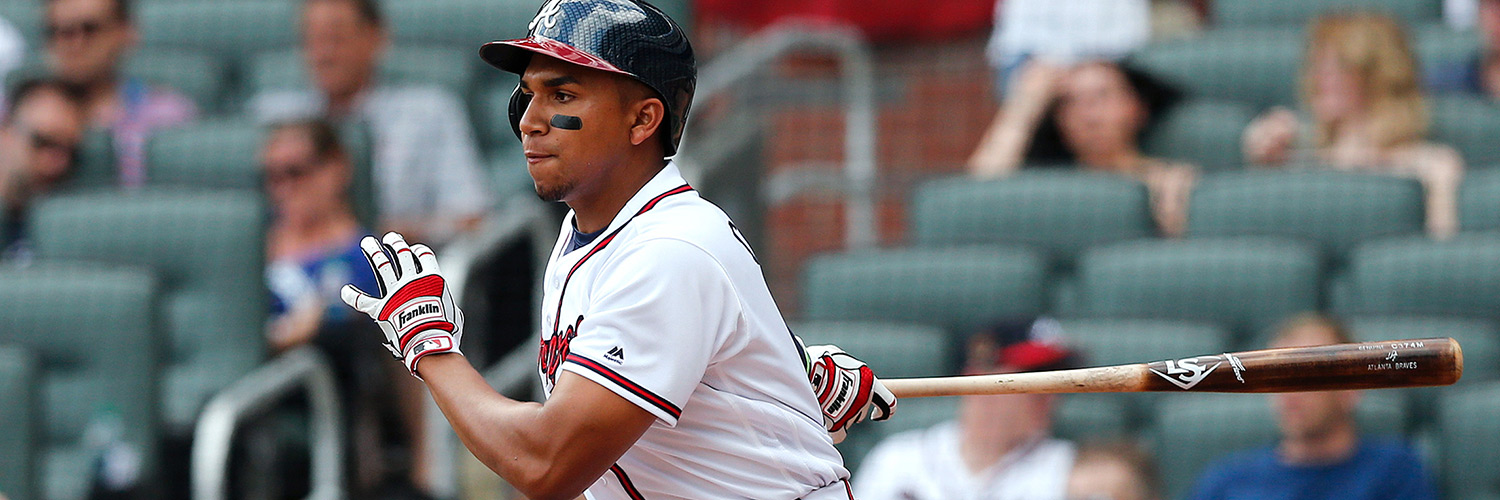
The Idealized Camargo
Now, I’ll admit that I’m not naturally predisposed to the notion that Camargo is better offensively than his projections. I’ll also admit that I’m a bit of an insufferable contrarian, and many are higher than me on the kid. These two factors cancel out, so let’s move forward with this optimistic treatment of Johan Camargo’s bat without objection.
In his first helping of big league pitching, Camargo posted a solid .330 wOBA. It must be said that he did so while also posting a .364 batting average on balls in play (BABIP), 64 percent higher than the league average. He accomplished this while hitting the ball hard less often than the league average, and while hitting only about the league average amount of line drives. That BABIP is probably unsustainably high, and Camargo was probably quite lucky last year.
To hell with that! Viva optimismo!
Some have reported that Camargo has increased his strength, and may have some power in his bat that he hasn’t tapped into. Cue our manager, as recently as last week:
“The kid just keeps getting better, getting bigger, stronger, more mature,” Snitker said. “I really, really like that young man.”
He’s only 24, and it would be no shock if the young Panamanian continued to develop as a hitter. And, regardless of any fake news BABIP babbling, Camargo hit enough last year to stay in the lineup and get valuable experience.
Platoon Implication: Camargo’s wOBA against LHP last year was a whopping .467. We should feel perfectly reasonable and conservative pegging him at a .340 wOBA against LHP in 2018. That bakes in a good bit of regression to a lower BABIP against lefties, and a little development in the power category. Ahhhhh, precision.
Ok. Take a break. Have an orange wedge.
Ready? Yes, oranges are nature’s candy. Back to it.
Over the last five seasons, the Atlanta Braves have faced LH starters 23.2% of the time, and RH starters 76.8% of the time. Using those percentages, the Braves should face LH starters about 38 times in 2018, and RH starters about 124 times. It’s science.
So, if ole Snit plays Camargo and Schimpf in a strict platoon – which would make some sense given their platoon splits – those would be your game totals for the two players. But of course, injuries, fatigue, stupidity, forgetfulness, dry skin, situations, indigestion, and the like will prevent such strict deployment of human players. Let’s do our best to imagine a more reasonable platoon.
Camargo will play some other positions given his versatility, and he seems the better defender of the two. Schimpf seems much more limited to third base. Let’s shift the balance of starts towards Camargo, and land at 61 games for Johan, and 101 for Ryan.
Any departure from a strict platoon split will probably diminish the production of both players, because they’ll have to face more pitchers that they don’t like to hit against. To account for this inhibition of mashing, we’ll lower their projected wOBAs by 10 points apiece, putting both at .330 next year, overall.
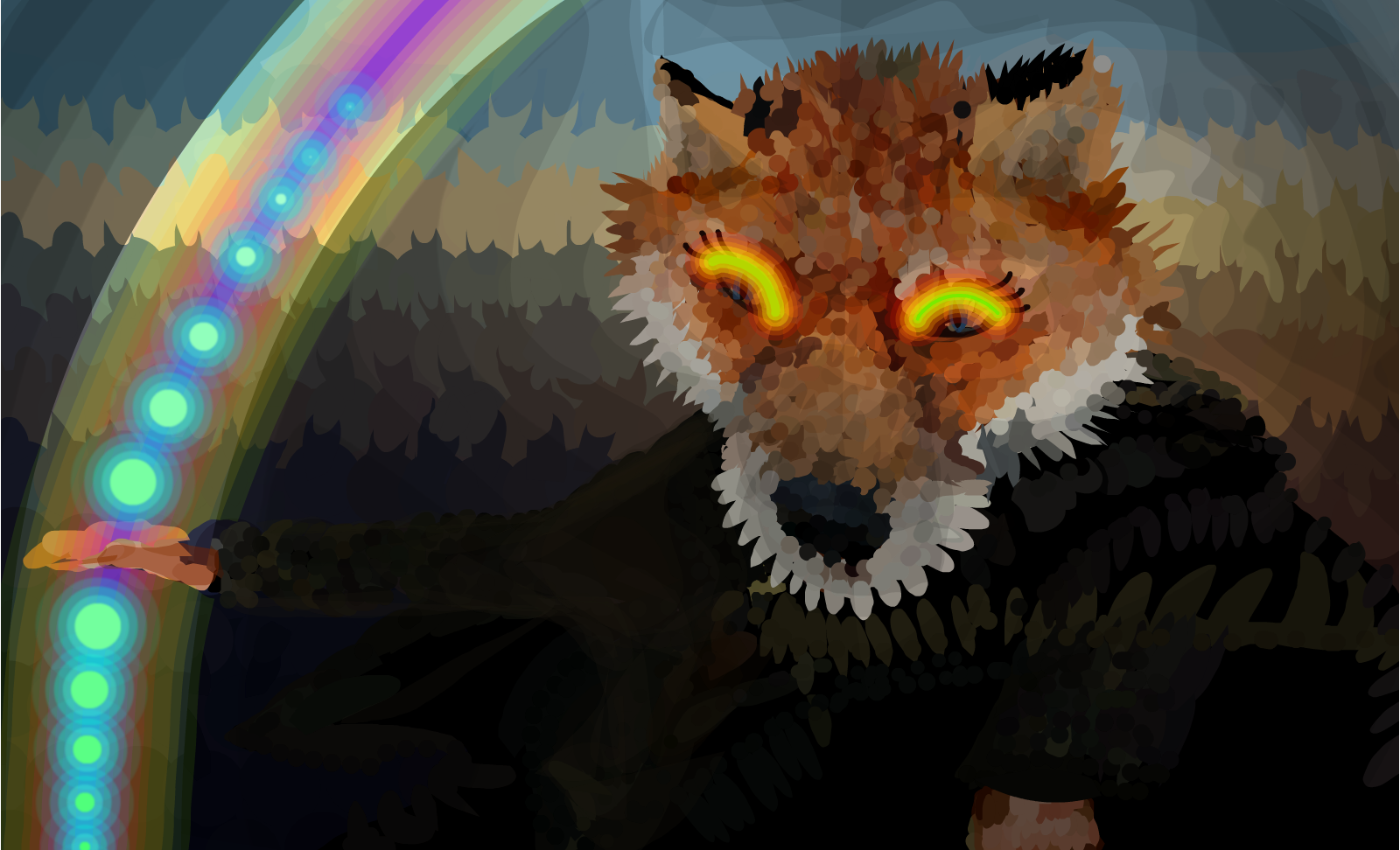
Behold
Plugging in 61 games worth of PAs at .330 wOBA and league average defense yields a 1.2 WAR season for Camargo. Inputting 101 games of PAs and the same wOBA and defense gives Schimpf a 1.8 WAR effort. That’s 3.0 WAR from our third baseman, markedly better than an average position player.
What’s that? So what, you ask?
Well, 3.0 WAR is better production than half of major league teams got outta their third basemen last year. It’s a good bit better than Mike Moustakas was last year, and it equals Todd Frazier work. Importantly, both players are pre-arbitration, and very, very, very cheap. If the Braves can get the most out of two flawed players with distinct platoon splits, they could flip the script on a current weakness, and come away with the equivalent of a Good Player at third base.
Let’s dream that Ronald Acuña and Freddie Freeman keep soaring. Throw in some improvement for Dansby Swanson and Ozzie Albies, a career year from someone else, and some non-ankle-spraining steps forward from our young pitching. Come trade deadline, a smartly played platoon at third could be a factor pushing the Braves towards being buyers, towards shooting for some meaningful baseball down the stretch.
Wouldn’t that be nice?

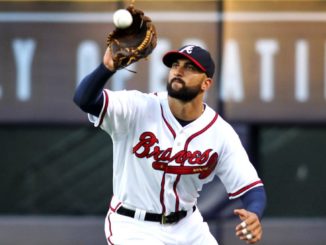
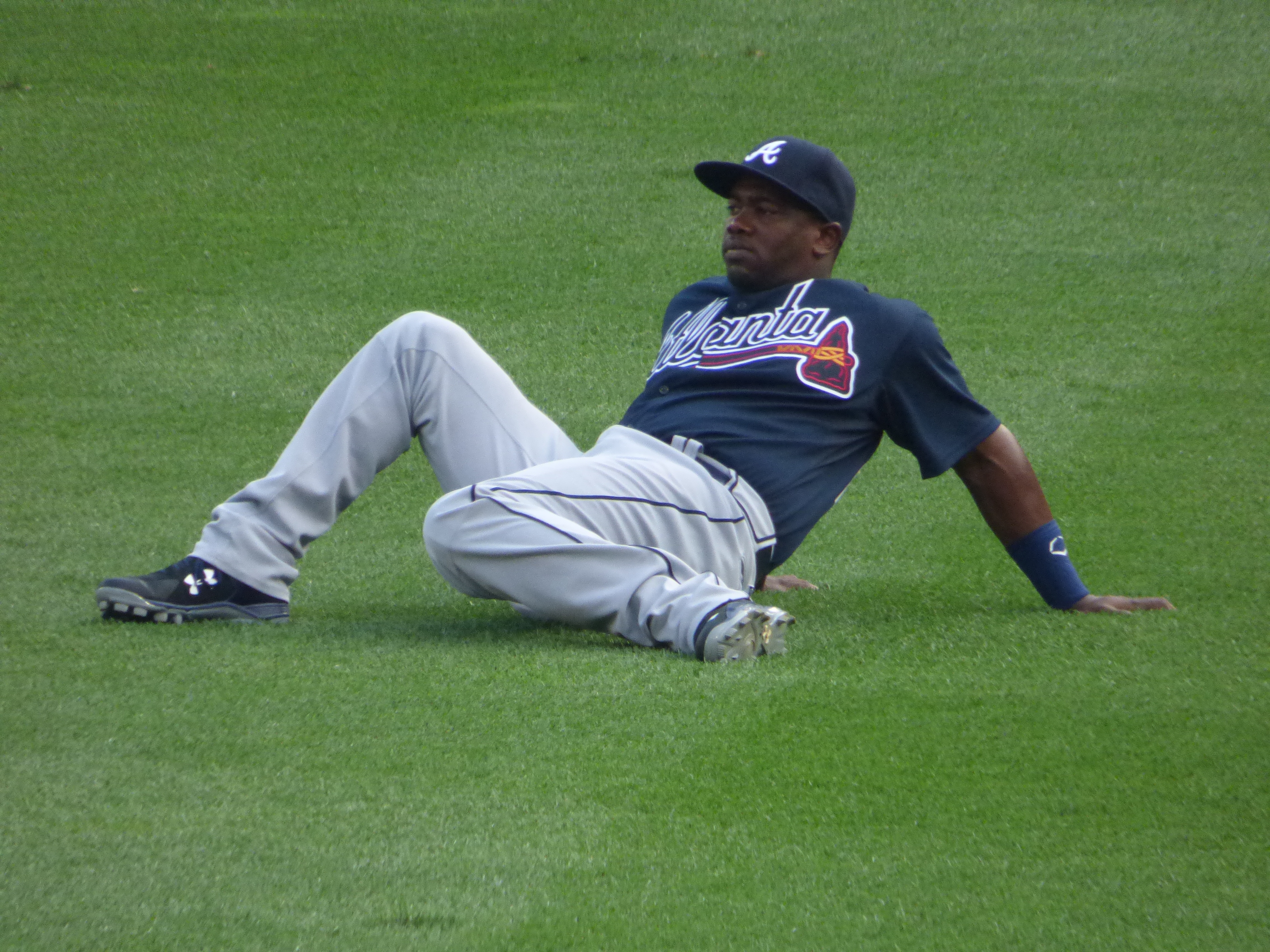

Leave a Reply